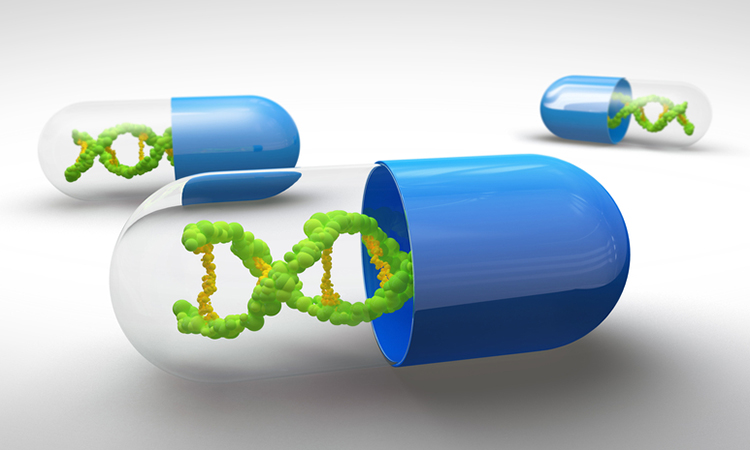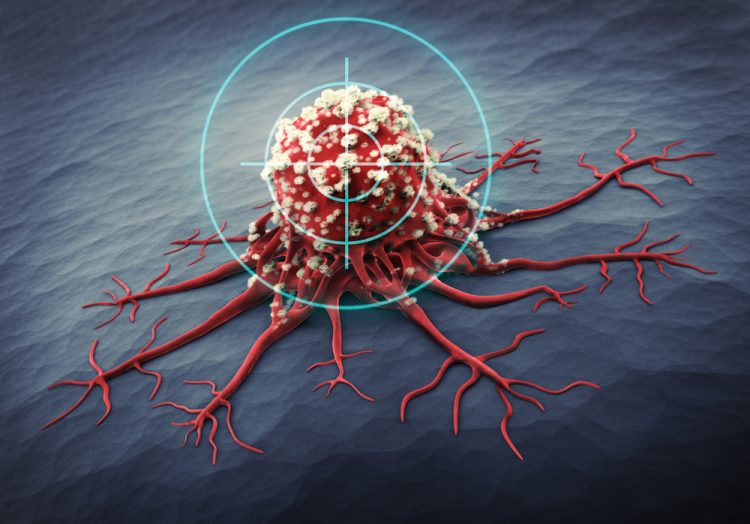A novel assay to reveal cyclic peptides with affinity to ubiquitin
Although macrocyclic peptides make for promising pharmaceutical candidates, screening for lead peptides has proved difficult for scientists. In a new study, researchers at the Technion-Israel Institute of Technology addressed these challenges by developing a novel high-throughput screening assay for cyclic peptides with affinity to the ubiquitin protein. Drug Target Review’s…




















